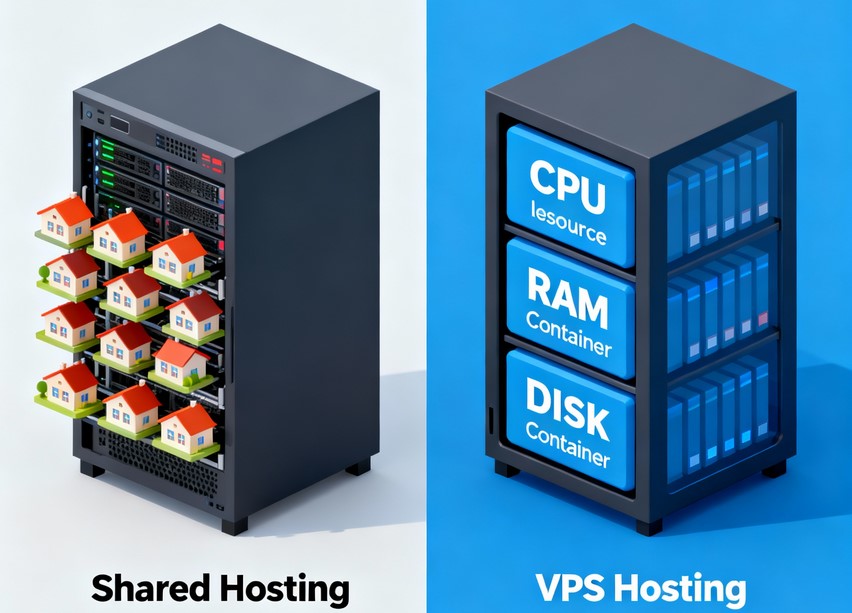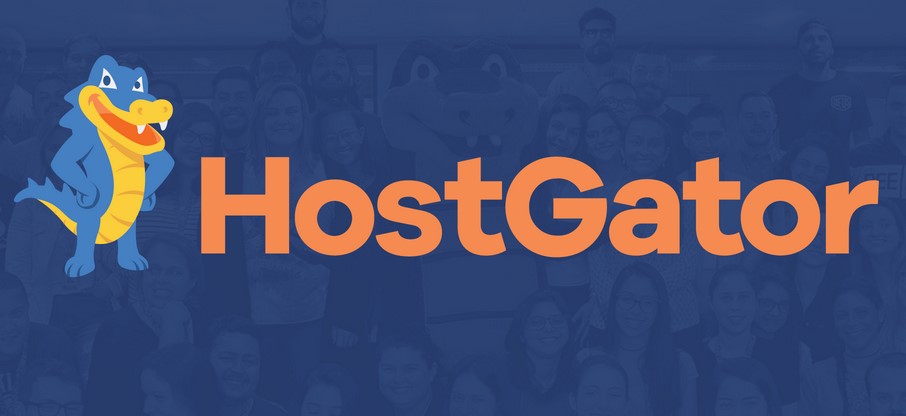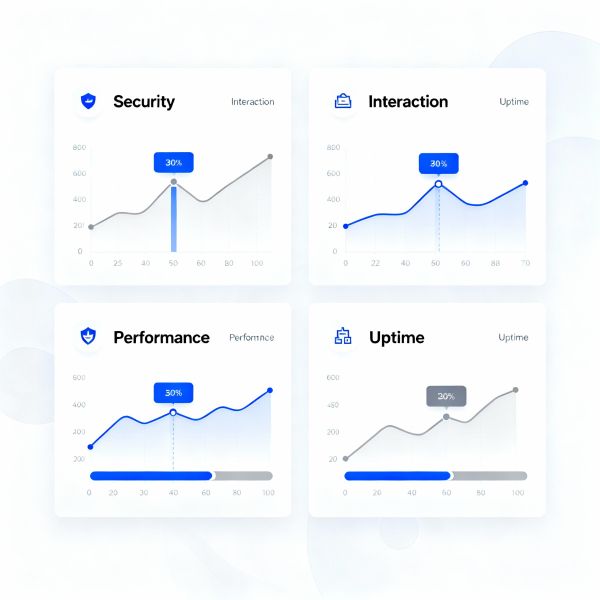Choosing the right hosting for your website can feel overwhelming. You’ve probably heard terms like shared hosting vs VPS hosting tossed around, but what do they really mean for your project? I’m here to break it down in plain English, so you can pick the option that actually makes sense for your situation.
Let me be clear: there’s no “best” hosting type. There’s only the best hosting for your specific needs right now.
💰 What’s the Real Deal with Shared Hosting?
Think of shared hosting like renting a room in a shared apartment. Your website lives on a server alongside dozens of other websites, all sharing the same CPU, RAM, and bandwidth.
This setup keeps costs incredibly low—$3 to $12 per month. Hosts like Hostinger, IONOS, and SiteGround offer solid shared hosting starting around $3-5 monthly.
Shared hosting works beautifully if you’re just starting out. Your personal blog, portfolio site, or small business page with under 25,000 monthly visitors will run smoothly. The hosting provider handles all the technical stuff—server maintenance, security updates, backups—so you can focus on creating content.
But here’s the catch: when one of your “roommates” gets a traffic spike or uses too many resources, your site can slow down. This is called the “noisy neighbor effect,” and it’s the biggest limitation of shared hosting.
⚡ When Should You Consider VPS Hosting?
VPS stands for Virtual Private Server, and it’s like upgrading from that shared apartment to your own condo. You’re still in the same building, but now you have dedicated resources that nobody else can touch.
When I talk about shared hosting vs VPS hosting, the performance gap is huge. A VPS gives you consistent speed because you’re not competing for resources. Your site loads 15-35% faster than on shared hosting.
You should seriously consider VPS when your traffic consistently exceeds 25,000-30,000 monthly visitors, you’re hitting resource limits on shared hosting, your site slows down during peak hours, or you’re running an eCommerce store handling sensitive data.
VPS hosting costs more—typically $15 to $80 per month—but you’re paying for guaranteed performance and control. Top providers like LiquidWeb, Hostinger VPS, and ScalaHosting offer managed VPS plans that handle most technical tasks for you.
The beauty of VPS? Scalability. When your traffic grows, you can easily upgrade your RAM or CPU without migrating to a completely new server.
☁️ What About Cloud Hosting?
Cloud hosting is the new kid on the block. Instead of your website living on one physical server, it’s distributed across multiple interconnected servers.
Imagine your website like water spread across several connected containers. If one container breaks, the water automatically flows to the others. That’s cloud hosting—ultimate reliability with 99.9%+ uptime guarantees.
Cloud hosting shines when you need maximum uptime, instant scalability for unpredictable traffic surges, and pay-as-you-go pricing where you only pay for resources you actually use.
The downside? Cloud hosting can get expensive quickly if you don’t monitor your usage. It’s fantastic for medium to large businesses and high-traffic eCommerce stores. Providers like AWS, Google Cloud, and HostArmada offer cloud solutions, though AWS and Google require serious technical knowledge.
🎯 How to Actually Choose (No BS)
Let me give you a straightforward decision framework:
Choose Shared Hosting if: You’re launching your first website, your budget is under $15/month, you expect fewer than 25,000 monthly visitors, and you want something simple that “just works.”
Upgrade to VPS Hosting when: You’re consistently hitting 70%+ of your shared hosting resources, your site loads slowly during peak traffic, you’re getting 30,000-100,000+ monthly visitors, you need root access or custom software installations, and security is non-negotiable.
Go with Cloud Hosting if: Your traffic is highly unpredictable with major spikes, downtime would seriously hurt your revenue, you need global content delivery, and you’re comfortable with pay-per-use pricing.
🚀 Real Talk: Signs You’ve Outgrown Shared Hosting
Most people wait too long to upgrade. Here are the red flags I watch for:
Your site is getting slower, especially during the day. If your site loads fine at 3 AM but crawls at 2 PM, you’re seeing the effects of shared server overload.
You’re receiving resource limit warnings. When your hosting dashboard shows CPU or RAM usage hitting 90-100% regularly, it’s time. Don’t wait until your host suspends your account.
Your bounce rate is increasing. A one-second delay in page load time reduces conversions by 7%. If visitors are leaving because your site is slow, you’re losing money.
You need features shared hosting can’t provide. Want to run custom scripts? Need a specific PHP version? Shared hosting won’t let you do any of this.
💡 My Personal Recommendation
If you’re just starting, begin with shared hosting. There’s no point overpaying for VPS when you’re getting 500 visitors per month. I recommend starting with providers like Hostinger ($2.99/mo) or IONOS ($4/mo) that offer solid performance without breaking the bank.
Plan to upgrade to VPS when you hit around 20,000-30,000 monthly visitors or when you notice consistent slowdowns. The transition is usually smooth—most hosts offer one-click migrations.
For the shared hosting vs VPS hosting debate, think of it as stages of growth. Shared hosting is your startup phase—affordable and simple. VPS is your growth phase—more power, more control, more investment. Cloud is your scale phase—enterprise-level reliability and flexibility.
🎬 Conclusion
Choosing between shared hosting, VPS, or cloud isn’t about picking the “best” option—it’s about matching your hosting to your current reality. Your traffic levels, budget, technical skills, and growth plans should drive this decision.
Start where you are. Shared hosting is perfect for beginners and small sites. When you outgrow it, VPS offers the performance boost you need. Cloud hosting becomes relevant when uptime and scale become critical business requirements.
The worst mistake? Overthinking this decision and never launching. Pick a solid shared host, get your site live, and upgrade when your success demands it. That’s the smart, practical approach to web hosting in 2025. Remember: your hosting should support your goals, not limit them.













